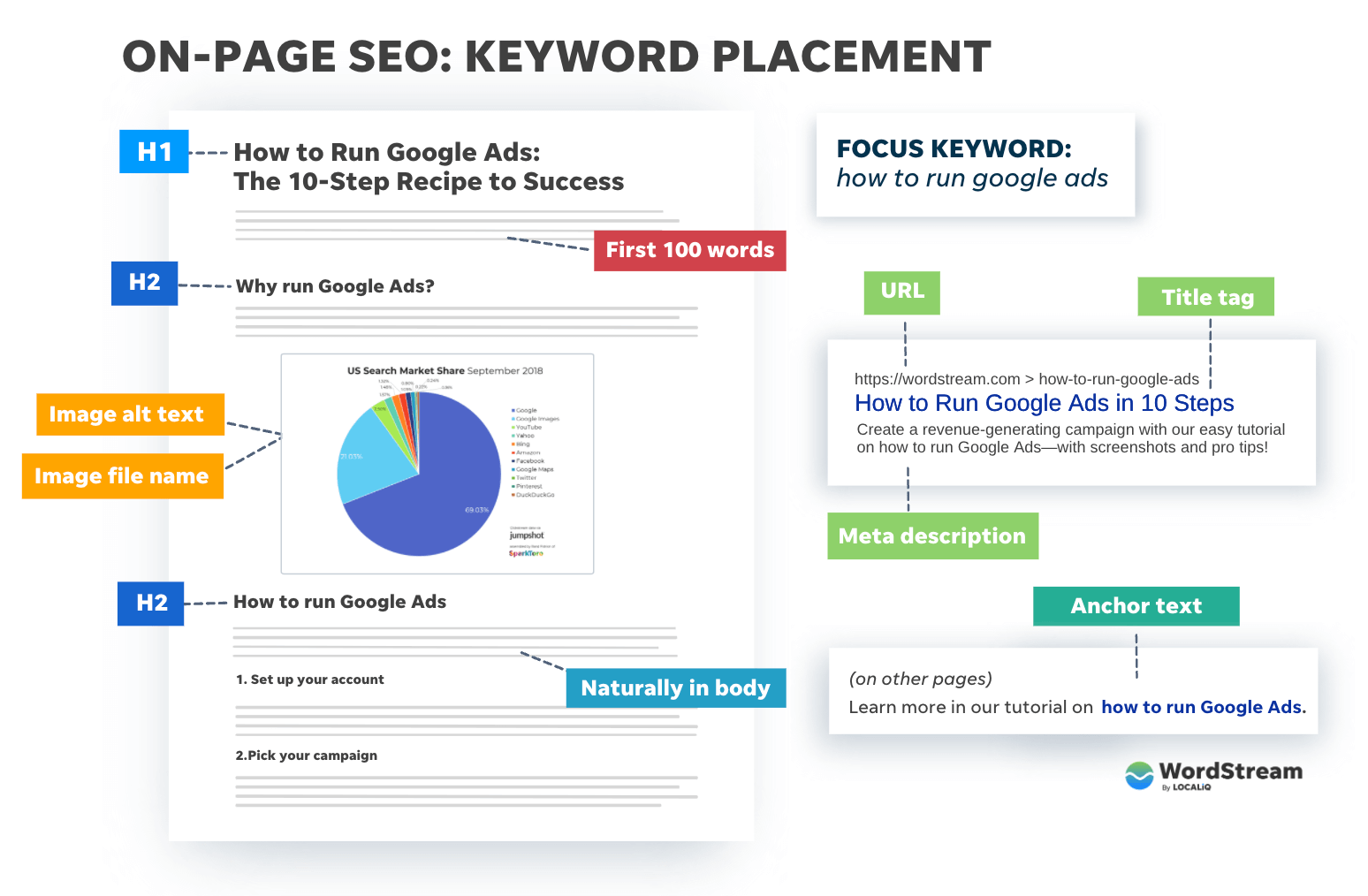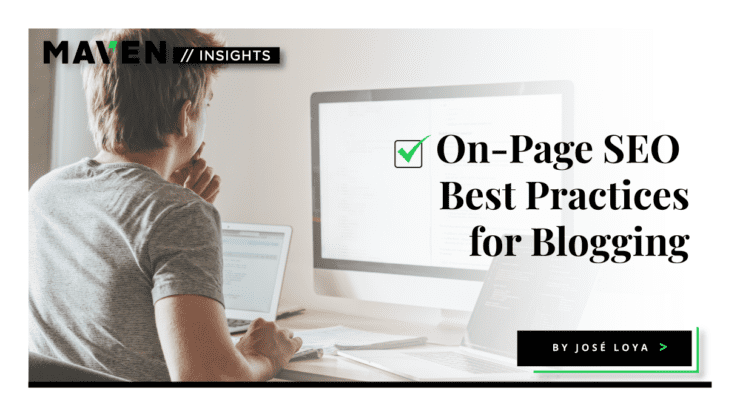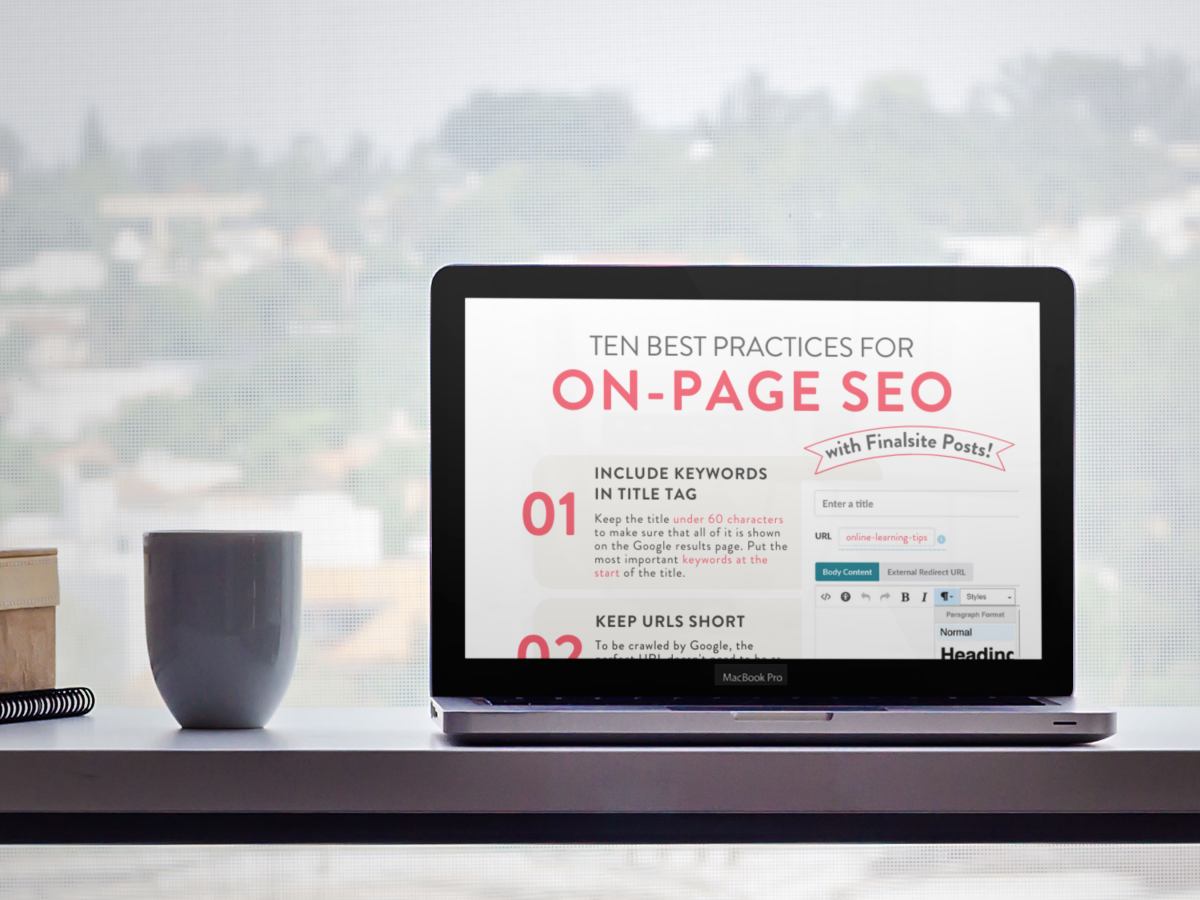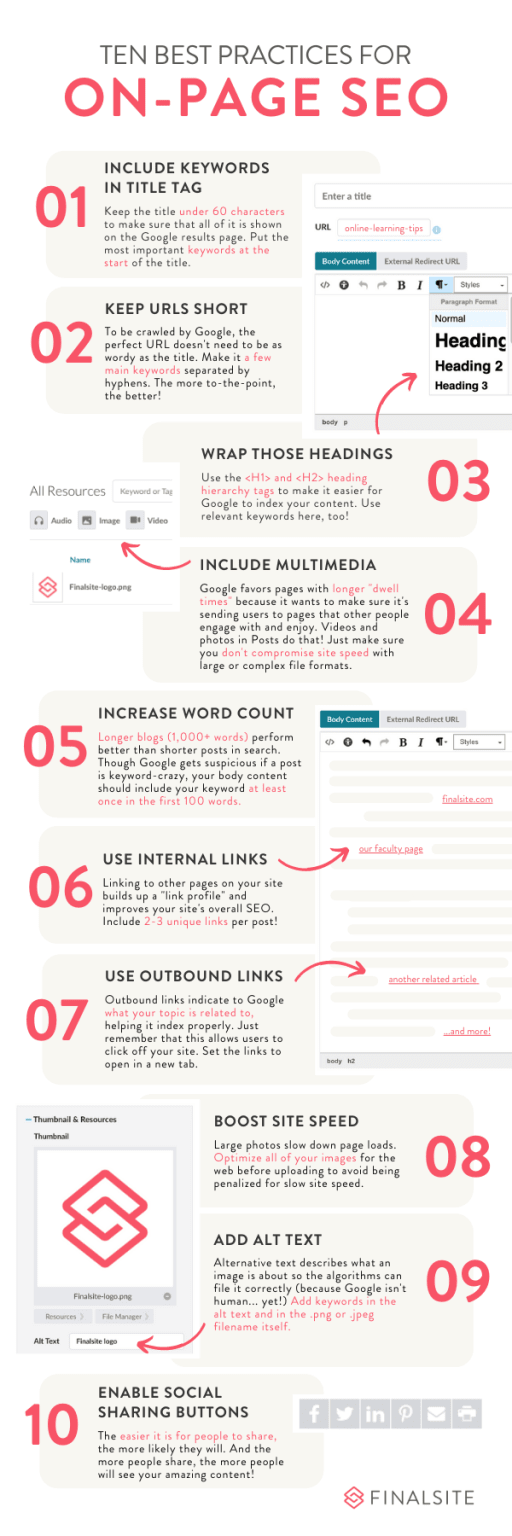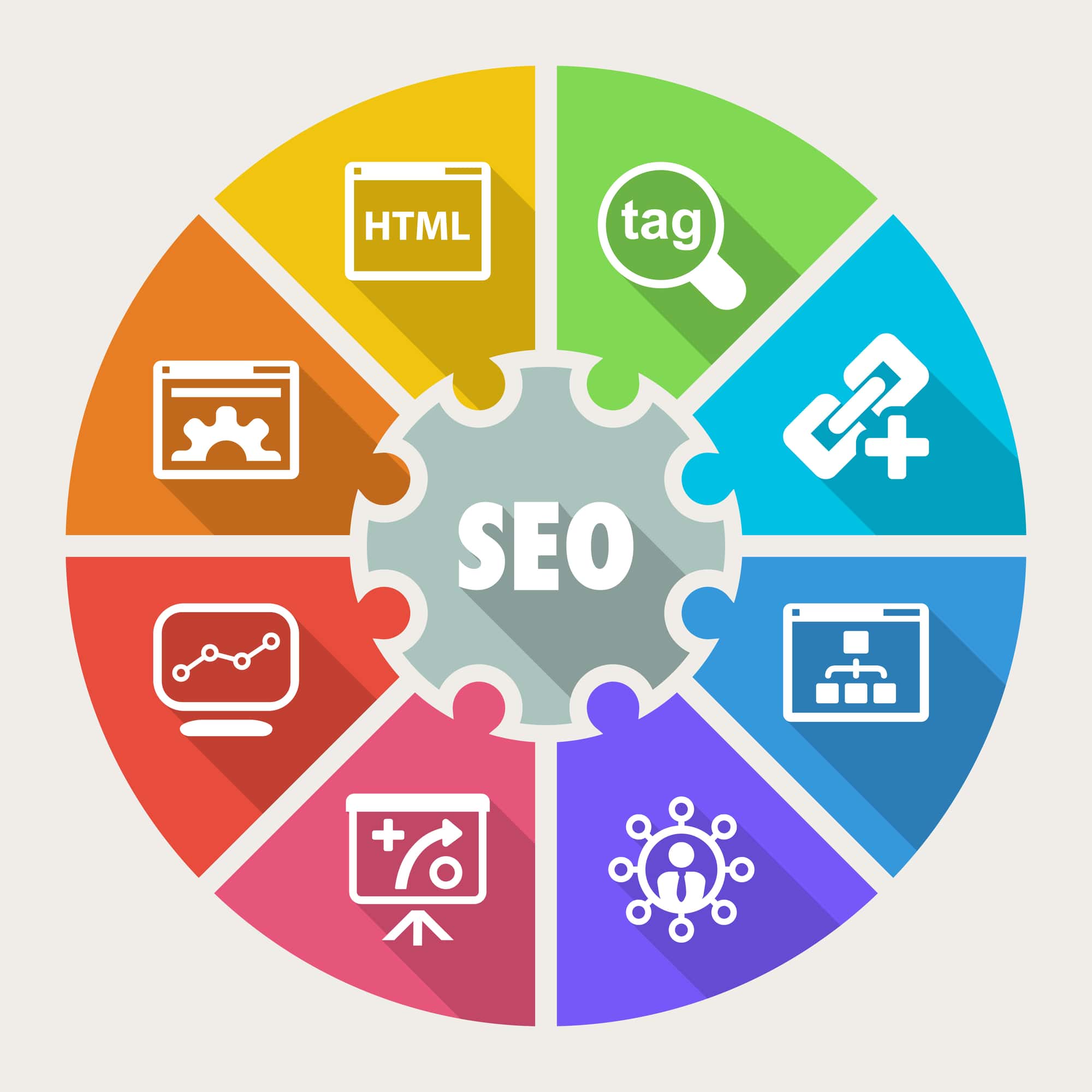On-page SEO best practices for bloggers focus on optimizing individual blog pages to improve search engine rankings and user experience. Key strategies include:
-
Keyword research and strategic placement: Identify a primary keyword for each blog post and use it naturally in the page title, URL, H1 heading, first 100 words, subheadings (H2, H3), image file names, ALT text, meta description, anchor text for internal links, and closing paragraph. Avoid keyword stuffing and use secondary keywords contextually to enhance relevance.
-
Content structure around keyword clusters: Instead of optimizing for a single keyword alone, build content around related keyword clusters to provide comprehensive coverage of the topic, which search engines favor.
-
Optimize meta tags: Craft descriptive and compelling title tags and meta descriptions that include the target keyword and accurately reflect the content to improve click-through rates from search results.
-
Use header tags properly: Include the primary keyword in the H1 tag (one per page) and relevant keywords in H2-H6 tags to help search engines understand content hierarchy and improve readability.
-
Internal linking: Link to other relevant pages or posts within your blog using keyword-rich anchor text to distribute link equity and help search engines crawl your site effectively.
-
Image optimization: Use descriptive file names and ALT text containing keywords to improve image search visibility and accessibility.
-
URL structure: Create short, descriptive URLs that include the primary keyword and use hyphens instead of underscores or spaces.
-
Content quality and user experience: Write well-structured, engaging, and informative content that meets Google’s E-E-A-T (Experience, Expertise, Authoritativeness, Trustworthiness) standards. Ensure fast page load times, mobile-friendliness, and easy navigation to enhance user experience.
-
Semantic keywords: Incorporate related semantic keywords to clarify the page’s context and help search engines understand the topic more precisely.
-
Prioritize pages: Focus on optimizing pages with the highest potential impact, such as your homepage, cornerstone blog posts, and key service pages.
These practices collectively help bloggers improve their visibility in search engine results, attract more organic traffic, and provide a better experience for readers.

